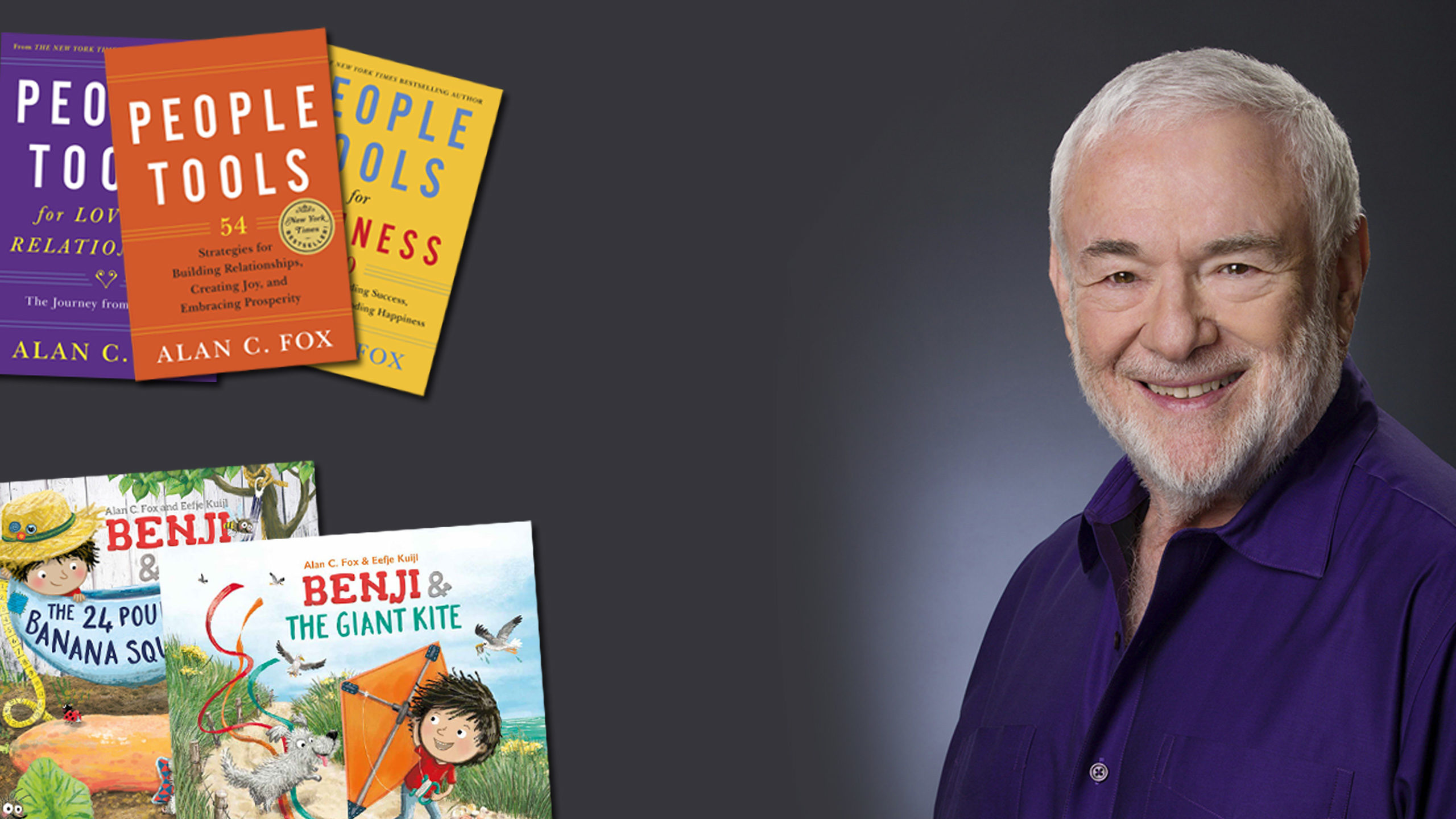When I was young I wanted to know everyone’s secrets. Back then I didn’t understand the underlying implications.
As I grew older I recognized that what I really wanted was for people to trust me enough to make me their confidante. And over the years I discovered, by trial and error, the three important People Tools I needed in order to achieve my goal. These are the three D’s: divulge, display, and discretion.
First, divulge. I needed to share secrets of my own. Most people don’t like being observed by others through a one-way mirror. If I want to know how you met your life partner, I might start by telling you how I met my wife. Divulge. Obviously, many secrets are far more personal. But with someone I trust, I’m willing to go first. If I don’t trust you then it’s not relevant, since we will never share a friendship.
Second, display. I absolutely must display support when you reveal a secret to me. After all, why did you tell me in the first place? Most likely it’s so we will connect and feel closer. When you confess to me that you occasionally devour a half a gallon of ice cream for dinner you want my support, not a lecture.
Third, discretion. I must keep your secret a secret. If in ten minutes I disclose your fears on Facebook you’re not going to share anything important with me again. Years ago I met a woman at a party who later became a close friend. In our first conversation I asked how much money she earned in a year.
“I wouldn’t even tell my mother that,” she said.
“I won’t tell your mother either.”
She told me.
I never told her mother. Or anyone else.
I originally intended to talk only about secrets in this blog. But I realize what I’m writing about is trust, which is the cornerstone of every deep relationship. The most important element in a friendship is to develop a trust that can only flourish when we each feel safe in sharing our deepest hopes, fears, and dreams. We then receive from each other both support and discretion.
I’ll open myself to you, and hope you will respond in kind.
Alan



